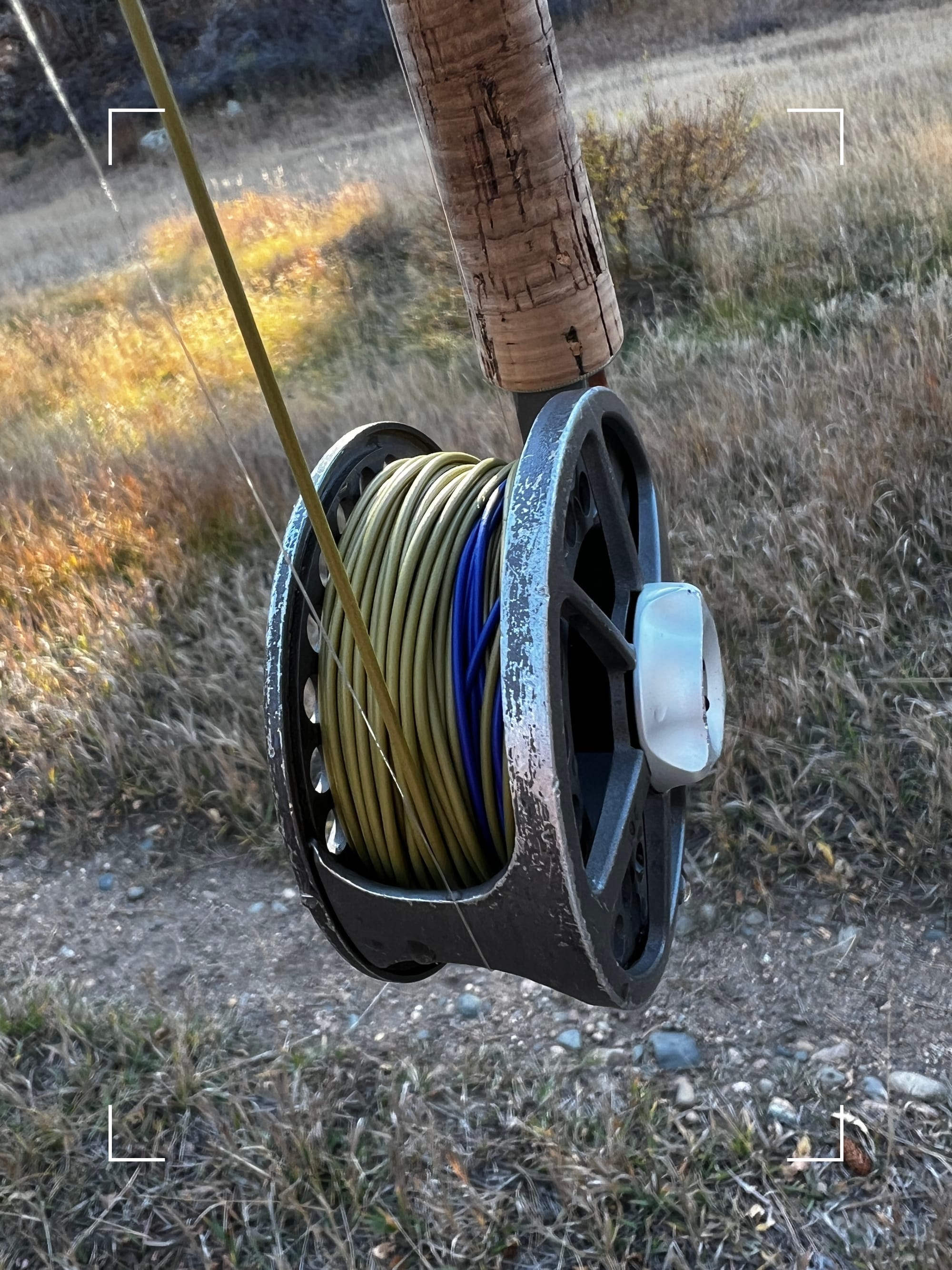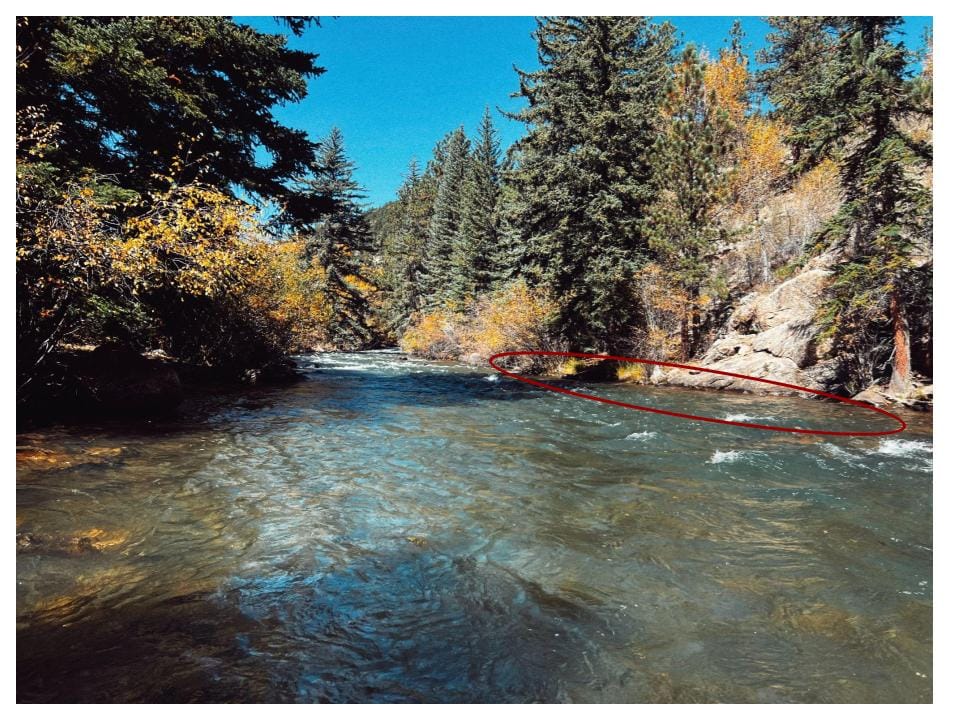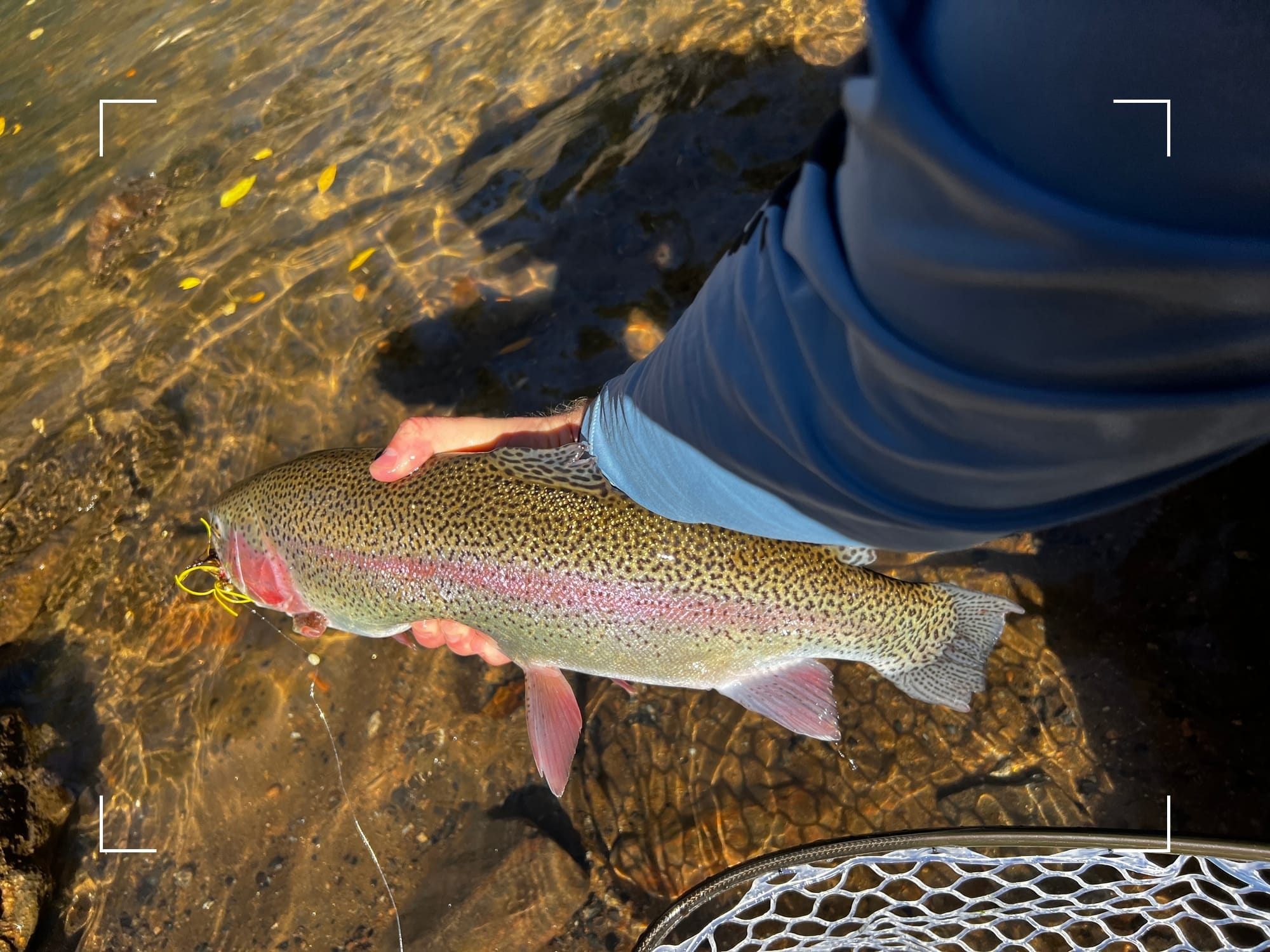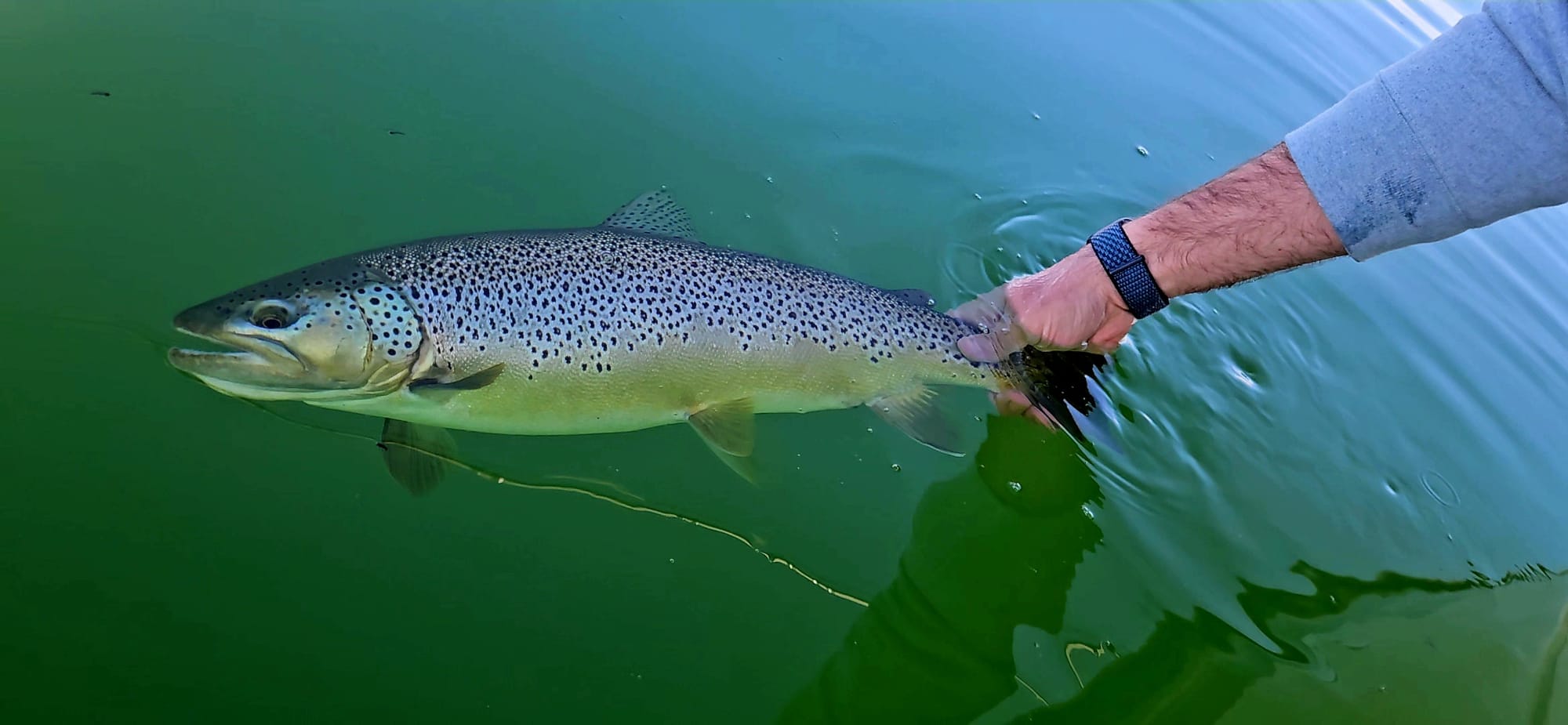Reviewing Sunray's New Fly Line With Kevlar Core
Notes from our first time out with the no stretch kevlar core of Sunray's new EZ Back Cast fly line

October 2024

You never know where innovation is going to pop-up in the fly fishing community. At times it's the usual suspects, but it’s more interesting when something new appears out of nowhere and smacks you in the face. That was the case when England's Sunray Fly Fishing reached out asking us if we'd test out their new fly line with a core made from kevlar.
My initial reaction was to remind myself what kevlar actually is... because the default reaction for pretty much everyone is something like, "Kevlar? Like a bullet proof vest? How are there fly fishing applications for something like this?" Thanks to a cursory Google search, I was reminded kevlar is constructed from tightly woven fabric that's extremely strong and lightweight. Then it clicked! I recognized the rationale behind why this would make sense as a fly line core. The main feature to this style of line is that the core material doesn't stretch, which seems like it would be incredible for fishing streamers, sensing strikes while tightline nymphing, better distance hookups on stillwaters, not to mention saltwater applications like in bonefishing, where a timely-sturdy hookset can make the difference between landing and losing a fish. Plus the backing and coated line is fully integrated, so you don't have any knots connecting the two sections, instead the line features a seamless transition between backing and fly line. There is plenty of backing for most applications. The full length is 100 feet of fly line and 150 feet of their kevlar backing.
So, I agreed to test out a 5 weight version of the line, intrigued to how 0% stretch line responds during casting or hooking a fish. Even though many brands have taken an interest in minimizing stretch in their fly lines, almost all usually have some give.
In an article I found from Sexyloops, Bernd Ziesche tested the stretch in his lines. Though stretch is low, it's not 0%. Here's his post for reference.
- SA Mastery XPS floating 5wt | 8-10% stretch
- RIO InTouch sink6 6wt. | 4-6% stretch
- Wulff TT floating 8wt. | 7-9% stretch
- Guideline Triple D shooting head s1/3/5 | 2-4% stretch
- Flat Beam mono shooting line 50lbs. | 9-11% stretch
Stretch isn't always a bad thing, you can regularly fish without experiencing any drawbacks to line stretch. But when you hook a sizable fish at distance, a single head shake can sometimes introduce just enough slack to give the fish that quick escape. We've termed this "bouncing" a fish, and it's truly a frustrating outcome. You may also experience line stretch if you ever get your fly irreparably stuck under a rock. The only way out of that situation is to point your rod right at the fly and pull until the knot breaks, sacrificing your fly so that you can re-rig to fight another day. But in that process, you'll notice that your line has some give, some spring that you need to overcome before the knot fails. It may not only be your line, leaders and tippets stretch too. So imagine if there was no give (or minimal give) in that situation. You could get really efficient at breaking your flies off under rocks... Jokes aside, no stretch would lead to better hook sets and stronger connections at the start of a fish fight.
I decided the best test for hook-set feedback would be to swing and strip some streamers. It also gives a chance to cast some line, send some double hauls back and forth to feel the line stretch out. You'll have to forgive the choice of reel, I had an old Lamson Konic free, so that was the natural landing spot for testing this line. Even though it's beat up, it still has great drag and does a fine job.

In my first few casts I noticed that the line coating was stiffer than expected, but this loosened comfortably after several casts. I attribute this to the line just being brand new.
The line coating feels thicker than my more delicate 5 weight lines, but overall casts comfortably. I had the sensation that due to the no-stretch core, energy transferred smoothly from backcast to forecast and improved the feel of my casting stroke.
As for the fishing, I pulled a fish quickly off the banks on the swing and felt the immediate hook set, the connection instantly solid. I had several other fish appear out of nowhere to follow my Autumn Splendor without committing. I think as my fly motioned towards the surface at the end of the swing fish lost interest, so I added a hefty split shot to help the fly ride lower.

Later, I came onto a narrow slot on the opposite side of the main current seam which lent itself better to dead drifting tactics than stripping streamers (I still tried a streamer, by the way). Without changing flies, I just high-sticked my streamer through that run working downstream. Indicated by the slightest line twitch, I felt a soft tap of a fish. Hardly any hook-set was required and I had to quickly shift to fighting a fish bolting for fast water. Still in that initial moment I was able to quickly feel a solid connection.

For my first test, I had a blast fishing this line, and it helps that I ran into some larger fish! I ended up taking the line out for subsequent testing and on my follow-up sessions felt impressed with the roll casting and mending of the line behind an indicator. That may be partially thanks to the thicker line, but it got my wheels spinning about where else this line would excel. I'm excited to further try it out in the spring on stillwaters, especially for stripping or suspending leeches when you're bombing casts as far as you can; to keep a connection to your fly even 50+ feet out should lead to more fish landed. But for typical trout situations in closer quarters, does the stretch factor come into play much? I'm not sure it does.
One arena where I can't speak to how the line fishes is close quarters with delicate dry flies. I have reservations about presenting surface flies to picky fish with this line, but with the right leader, this line can likely cast as softly as any other. I'm hoping that late fall offers some decent dry fly opportunities to follow up.
Disclaimer: Review based on our opinion of the product at the time of testing.
Enjoy this article? We need your help funding conservation and science reporting, fly fishing deep dives, and more stories from the road.
Every contribution helps support conservation and scientifically informed writing on fish.
2025 Update
This line is, as suspected, great for stillwater fly fishing with long casts on suspended nymph rigs!


